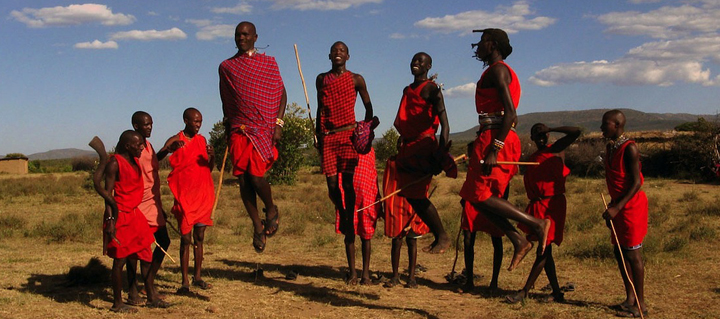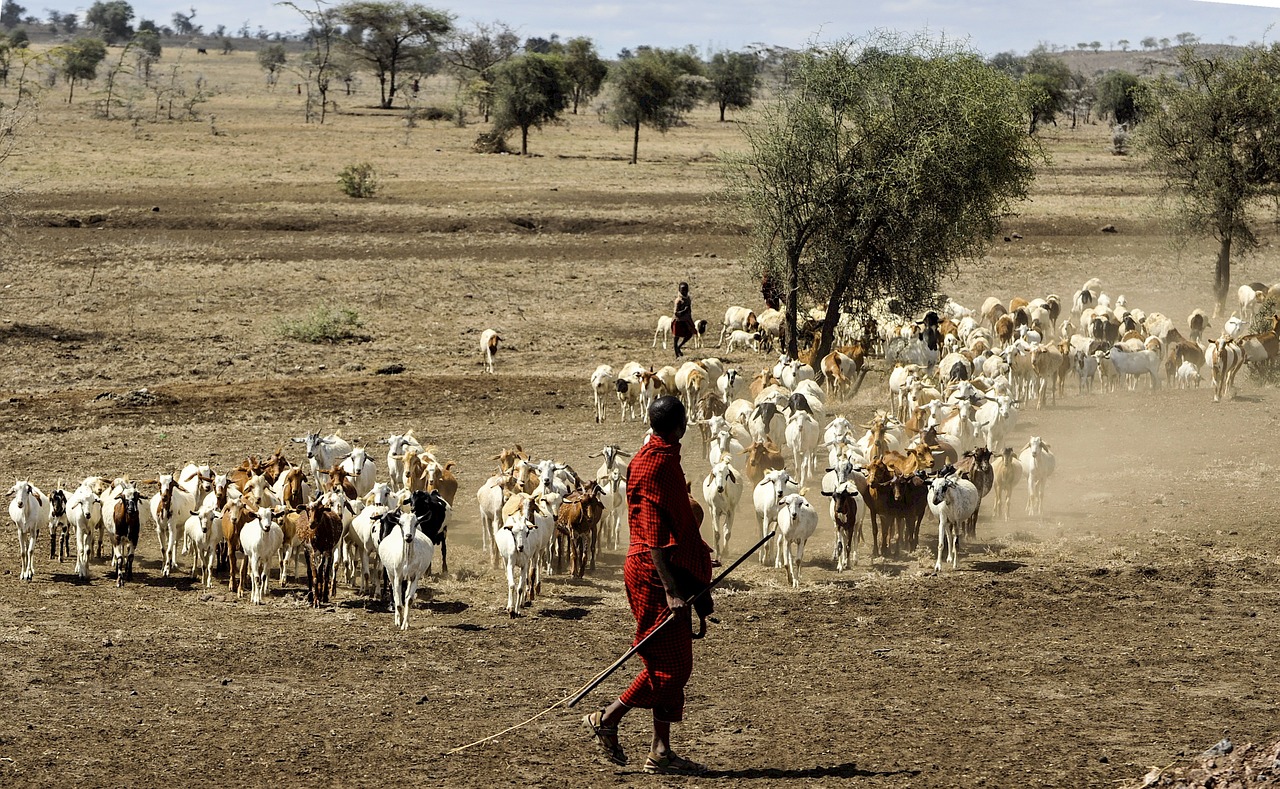The Maasai (Masai), nomadic pastoralists who live in southern Kenya and northern Tanzania, are one of the 295 cultures covered in the eHRAF World Cultures ethnographic database. Twenty-one documents totaling 2,571 pages make up the Maasai culture collection in eHRAF. Each of these documents has been subject-indexed by HRAF’s team of expert analysts at the paragraph level to facilitate cross-cultural research using the search application. That’s a lot of data!
A great place to start learning about Maasai life in eHRAF is to begin with the culture summary provided in eHRAF World Cultures (Spencer 1996). Originally written by Paul Spencer for the Encyclopedia of World Cultures, this 10-page document succinctly covers all aspects of Maasai society at a glance, including demography, language, kinship, political and economic systems and religious beliefs.
Here are some interesting excerpts:
IDENTIFICATION AND LOCATION
The Maasai comprise a federation of tribal sections whose economy is based on nomadic pastoralism. […] Because each tribal section is effectively autonomous, both economically and socially, there is a considerable diversity in custom between sections. The designated Maasai region covers some 100,000 square kilometers, divided between southern Kenya, where the most of the Maasai live, and northern Tanzania, where the land is more arid and the population sparse. The principal rains come in the spring.
LINGUISTIC AFFILIATION
Maa (Maasai) is classed as a Paranilotic language
DIVISION OF LABOR
Boys herd the stock, assisted by older males and girls as the need arises, and under the overall supervision of the family head. At night, responsibility for the herds passes to the women. Women also look after their dependent children, maintain the domestic supply of firewood and water, and milk the cattle. Warriors are expected to defend the herds.
DEATH AND THE AFTERLIFE
There are no elaborate mortuary practices among the Maasai and no beliefs in afterlife. For a parent, however, there is a sense akin to immortality in leaving behind a family whose very existence stems from a life that has been dedicated to care and attention. To leave no successors is to face oblivion in the fullest sense, and it may be taken as a sign of having been cursed.
The complete culture summary is available to HRAF members in eHRAF World Cultures, along with OCM subject codes in the sidebar and other cultural metadata only available within the eHRAF interface. Don’t forget that all cultures included in eHRAF contain an in-depth culture summary, plus collection information such as which full-text documents about the culture are included in the database. Use the “Browse Cultures” tab (see below) to learn more about the Maasai or other cultural groups around the world.
Not yet an eHRAF member? Free database trials are available for academic institutions or individual/unaffiliated researchers. Just contact us at hraf@yale.edu for more information.
References
Spencer, Paul. 1996. “Culture Summary: Maasai.” New Haven, Conn.: HRAF. http://ehrafworldcultures.yale.edu/document?id=fl12-000.


